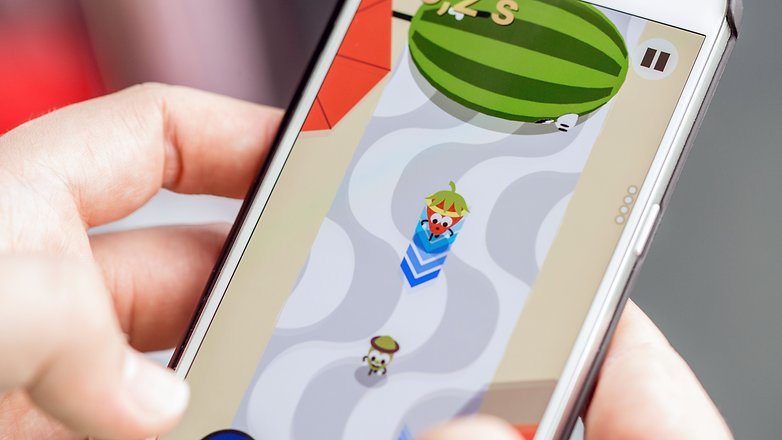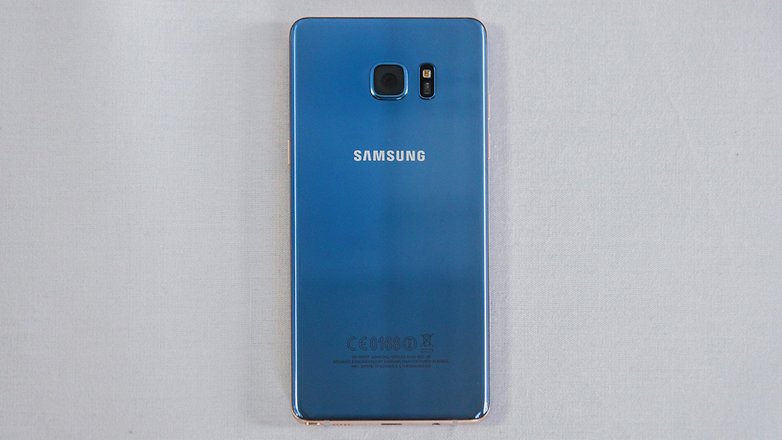 Google celebrates the Olympics with surreal fruit mingames
Google celebrates the Olympics with surreal fruit mingames
The 2016 Olympic Games opened in Rio de Janeiro today, and Google has taken the opportunity to celebrate the event in a typically idiosyncra...
Business news and financial news Forbes news. Core topics include business, technology, stock markets, personal finance, and lifestyle. Personal finance Forbes fox
 Google celebrates the Olympics with surreal fruit mingames
Google celebrates the Olympics with surreal fruit mingames
The 2016 Olympic Games opened in Rio de Janeiro today, and Google has taken the opportunity to celebrate the event in a typically idiosyncra...
 Hands on: Samsung Galaxy Note 7 review
Hands on: Samsung Galaxy Note 7 review
The Galaxy Note 7 celebrates the comeback of the S Pen-equipped Samsung phablets, the first to launch in Europe since the Note 4. Whether ...
Shortly before Samsung officially announced her new tablet Galaxy Note 7 , and as we know it exceeded the number 6 to become note cat...
 the 10 most popular smartphones of 2016 AnTuTu lists
the 10 most popular smartphones of 2016 AnTuTu lists
The makers of smartphone benchmarking app AnTuTu have released a list of the 10 most popular smartphones for the first half of 2016, only ...
 Arabic app more wonderful to win smart phones precious and valuable technical awards (a trusted application) !!
Arabic app more wonderful to win smart phones precious and valuable technical awards (a trusted application) !!
Who among us would not like to win valuable prizes an expensive price phones like the iPhone or Samsung Galaxy latest version or smart watch...
 Whit Pictures: a new machine turning urine into drinking water
Whit Pictures: a new machine turning urine into drinking water
It enables researchers and scientists from the Belgian invent a new device that converts human urine into drinking and compost using solar e...
 HTC Nexus S1: first specification according to the latest leaks
HTC Nexus S1: first specification according to the latest leaks
After two months from now, Google will officially announce the Nexus phones, and by a range of news, there is a high possibility that HTC Co...
 Thus hacker managed to get through the game Pokémon Go and get a rare pokémon
Thus hacker managed to get through the game Pokémon Go and get a rare pokémon
Player enables the owner of a channel called "FrozenAquaCat" to penetrate the game Pokémon and thus managed to get Pokemon "Z...
 Kickass torrent site to return to work, a new domain name
Kickass torrent site to return to work, a new domain name
Who among us does not know the role played by the torrent sites in the provision of programs, films, courses ... or anything paid for free, ...
 Android application is important to have your phone even more protected and hackers tuning !!
Android application is important to have your phone even more protected and hackers tuning !!
Of the most common problems faced by smartphone users, it is the fear of losing their devices or vulnerability to intrusion, especially if t...
 Exclusive !! I now get a 8 programs free of charge with a legal activation code (limited offer)
Exclusive !! I now get a 8 programs free of charge with a legal activation code (limited offer)
Often we are in need of some important programs, but unfortunately we find driven, something that requires us to start a journey to find cod...